
A soundproof system is a set of techniques, materials, and designs used to reduce or eliminate the transmission of sound from one area to another. Soundproof system is often applied in spaces where sound control is critical, such as in homes, recording studios, theaters, offices, or manufacturing facilities. The goal of soundproofing is to minimize noise from both outside and inside sources.
Key Elements of a Soundproofing System
1. Mass and Density
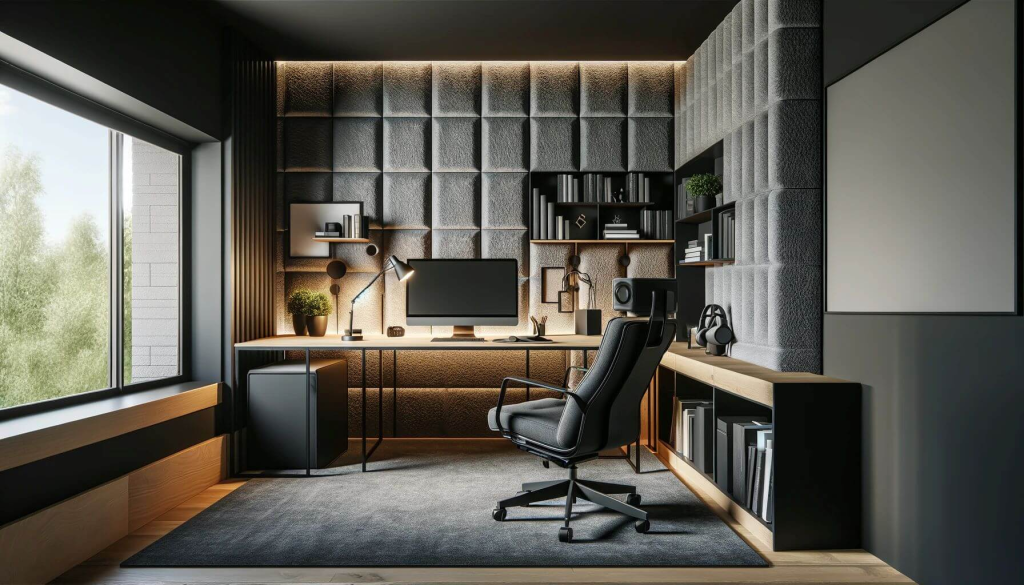
Picture from Google
Principle: Heavier and denser materials are better at blocking sound because they resist the vibration caused by sound waves.
Materials: Materials like concrete, thick glass, or specially designed soundproofing drywall (e.g., soundproof plasterboard) are used to increase mass.
2. Damping

Principle: Damping materials absorb sound vibrations, reducing the energy of sound waves as they pass through a surface.
Materials: Green Glue and acoustic panels act as damping layers between walls, floors, and ceilings to reduce sound transmission.
3. Decoupling


Principle: Decoupling isolates surfaces to prevent sound from traveling through physical contact points. It prevents sound waves from easily passing through connected materials.
Techniques: Double walls, floating floors, and resilient channels create gaps between structures to isolate vibrations.
4. Absorption
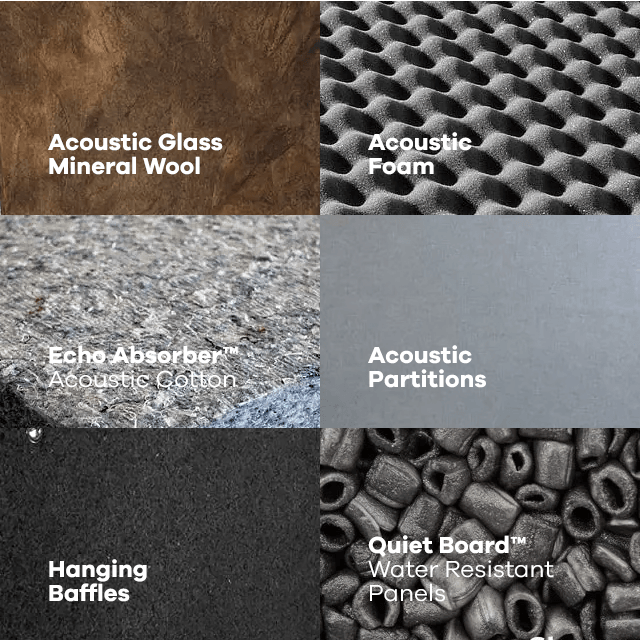
Picture from Google
Principle: Soft materials that can absorb sound waves help reduce noise within a room and prevent sound from bouncing off hard surfaces.
Materials: Acoustic panels, foam, carpets, and thick curtains absorb sound, helping with both soundproofing and improving room acoustics.
5. Sealing Gaps
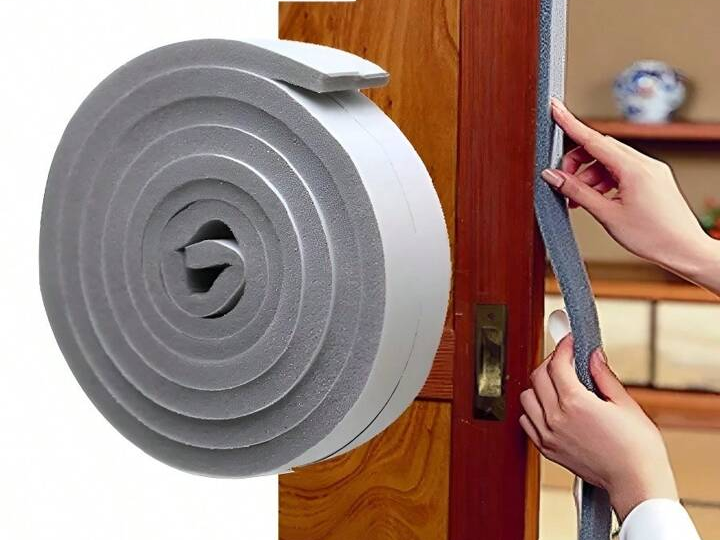
Picture From This Link
Principle: Even small gaps in walls, doors, or windows can allow significant sound leakage.
Materials: Weather stripping, acoustic sealants, and door sweeps are used to seal gaps around windows, doors, and other openings.
Applications of Soundproofing Systems:

- Homes and Apartments: To reduce outside noise (traffic, cars-engine ,neighbors) or to contain sound within a room (home, kitchen & study-room).

- Recording Studios: To isolate sound and avoid any outside interference during recording or to prevent music from leaking out.

- Office Spaces: In open-plan offices or conference rooms, soundproofing is used to maintain privacy and reduce distractions.
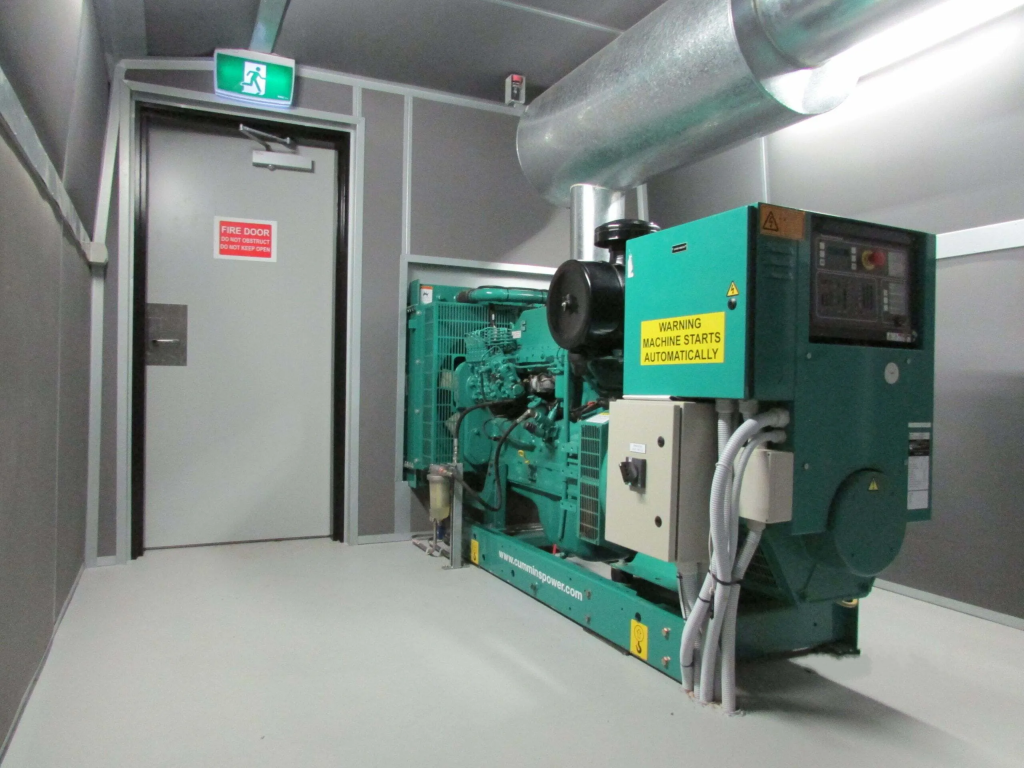
- Industrial and Commercial Settings: Soundproofing systems can be applied in factories or noisy environments to protect workers from excessive noise exposure.
Types of Noise Addressed:
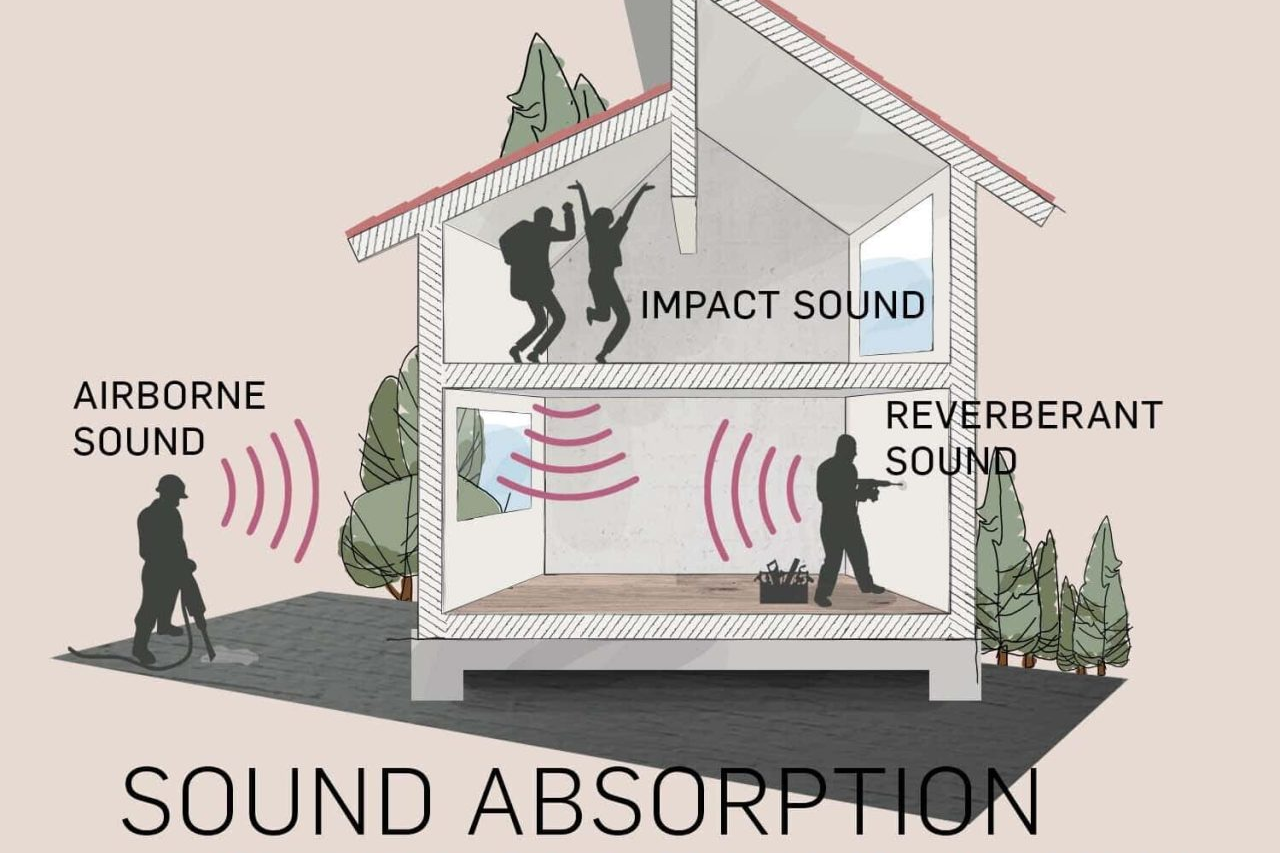
- Airborne Noise: Sound traveling through the air, such as talking, music, or street noise.
- Impact Noise: Sound caused by physical impacts, like footsteps, furniture movement, or machinery vibration.
- Reverberant Noise: Sound refers to the persistence of sound in a space after the original sound source has stopped, caused by reflections off surfaces such as walls, ceilings, and floors. It occurs when sound waves bounce around a room, reflecting multiple times before gradually decaying.
In Vhome Design Solutions , our in-house team of designers will deliver you the most appealing acoustic panel designs to give the best look and feel for your space.

Conclusions
Soundproofing systems are often customized to address the specific types of noise and the unique requirements of a particular space. Anything about the products ,can contact us now for more details. Click Here
